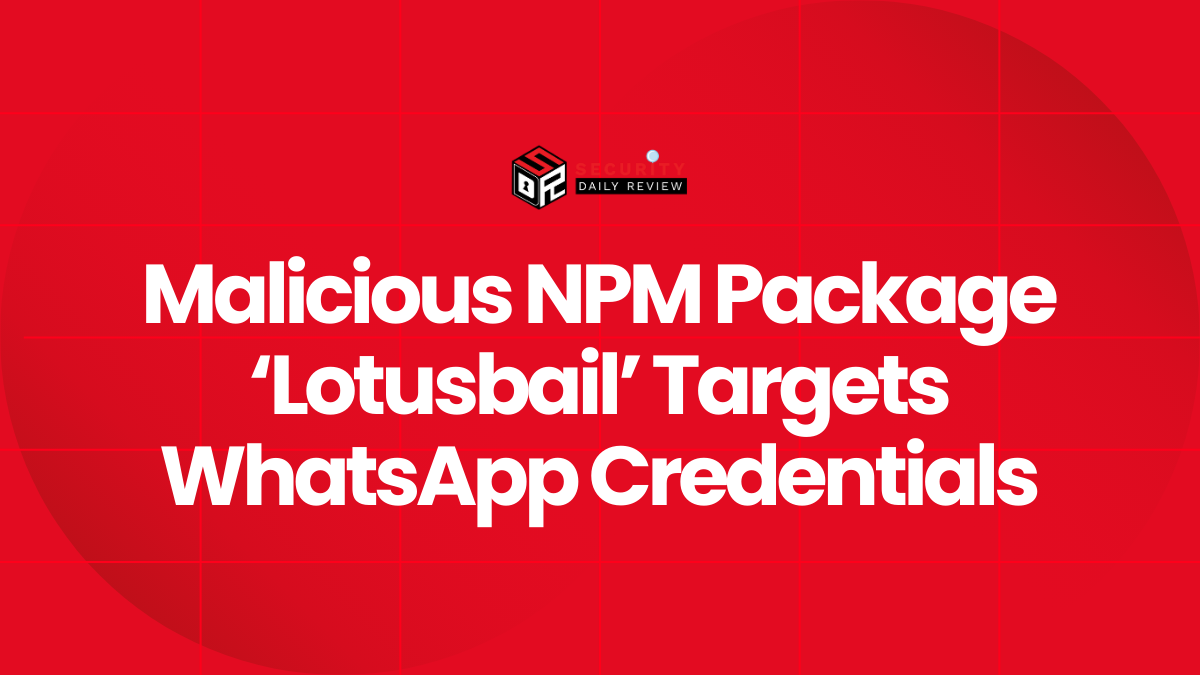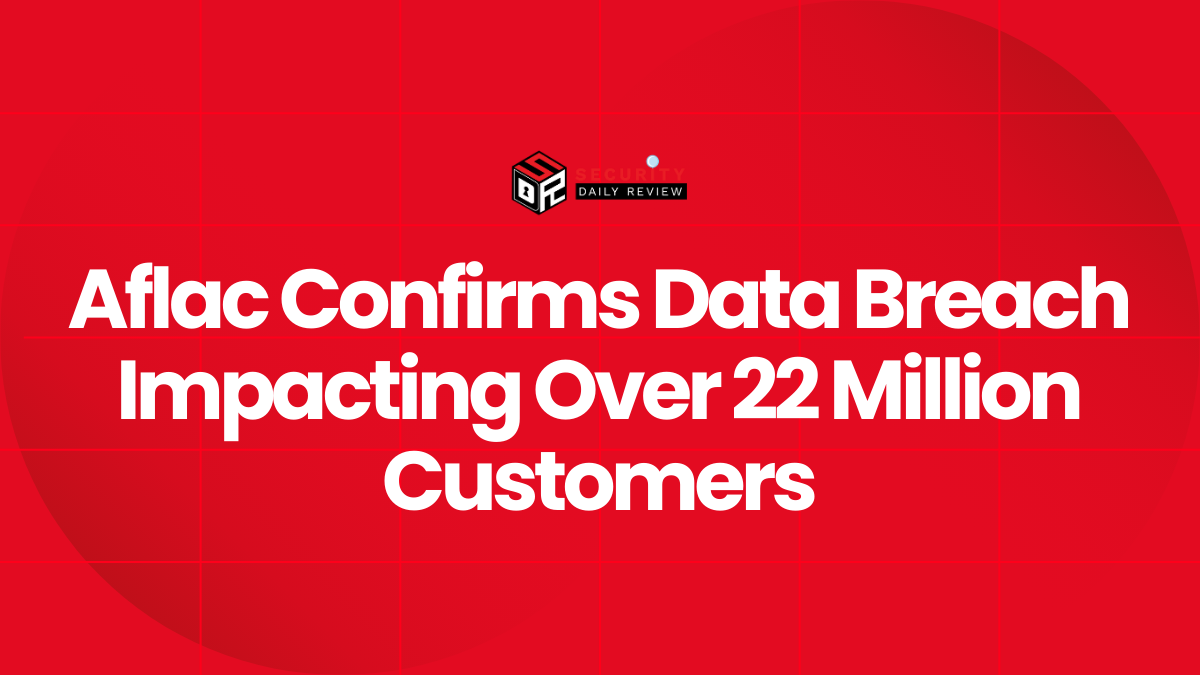Ford Customer Breach Exposes Sensitive Customer Information
On November 18th, 2024, a significant cybersecurity incident involving Ford Motor Company came to light. A threat actor, identified as “EnergyWeaponUser”—described as the right-hand man of CyberN—–s leader IntelBroker—claimed responsibility for breaching Ford’s network and exfiltrating an internal database. This alleged Ford data breach reportedly compromised sensitive customer data.
The Scope of the Ford Data Breach
According to EnergyWeaponUser’s post on a popular hacking forum, the breach exposed approximately 44,000 records. The compromised data includes a range of personal and identifying information, including:
- Customer names
- Physical addresses
- Country codes
- Customer type codes
- City
- Sales types
- Account codes
- Last update dates
- Fields such as “is parent?” and “PA_CD”
The affected customers are reportedly located worldwide, with sample data indicating a presence in the USA, China, Spain, Zimbabwe, Mozambique, St Lucia, and other countries. The breadth of this Ford customer data breach highlights the potential severity of the incident.
Lack of Official Acknowledgement and Ongoing Investigation
At the time of this report, Ford Motor Company has not publicly acknowledged the incident. Cyber Daily has reached out to Ford for comment, but no official statement has been released. The lack of an official response leaves many questions unanswered regarding the company’s response to the alleged breach and the ongoing investigation into the extent of the compromised data. The absence of a statement from Ford adds to the uncertainty surrounding the situation and raises concerns about the company’s handling of the potential Ford data breach.
A Recent Precedent: Eagers Automotive Cyberattack
The alleged breach at Ford follows a similar incident earlier this year involving Eagers Automotive, an Australian company that operates numerous car dealerships representing brands including Ford, Audi, BMW, Bentley, Mercedes-Benz, Nissan, Porsche, Subaru, and Toyota. Eagers Automotive experienced a cyberattack that resulted in a trading halt on December 27th, 2023. In a letter to the ASX, the company stated: “The company has experienced a cyber incident resulting in an outage that is disrupting parts of the company’s operations across Australia and New Zealand.” This incident serves as a stark reminder of the vulnerability of automotive companies to cyberattacks and the potential for significant disruption.
The Threat Actor and Potential Implications
The involvement of EnergyWeaponUser, linked to a known threat group, raises serious concerns about the sophistication of the attack and the potential for further malicious activity. The nature of the exfiltrated data—including personal identifiers and potentially sensitive financial information—poses significant risks to affected customers, including identity theft and financial fraud. The potential for misuse of this data underscores the gravity of this alleged Ford customer data breach.
The alleged Ford data breach highlights the critical need for robust cybersecurity measures within the automotive industry. The lack of official confirmation from Ford underscores the importance of proactive communication and transparency in the event of a data breach. Customers should remain vigilant and monitor their accounts for any suspicious activity. Further developments in this story will be reported as they emerge. This situation exemplifies the growing threat of cyberattacks against major corporations and the need for continuous improvement in cybersecurity defenses.









